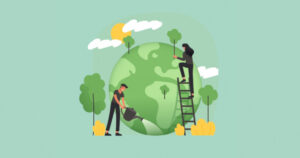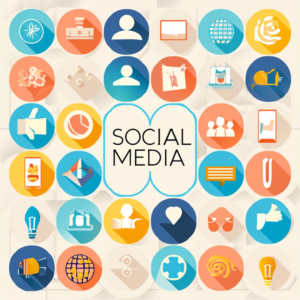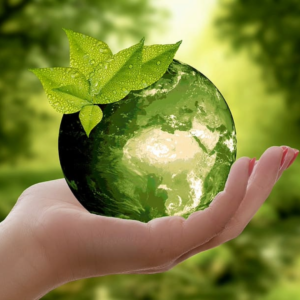How AI is Driving Progress on the UN’s SDG’s
Introduction to the SDGs
In 2015, the United Nations adopted the 2030 Agenda for Sustainable Development which includes 17 Sustainable Development Goals (SDGs) and 169 targets. The SDGs were developed to replace the Millennium Development Goals (MDGs) which ended in 2015, with the aim of providing a new, holistic roadmap to achieve global sustainable development.
The adoption of the SDGs signaled a global commitment to sustainable development and an urgent call to action to put the world on a more sustainable path by 2030. The universal and interconnected nature of the goals reflects the understanding that progress in one area often affects outcomes in others, and that development must balance and integrate economic, social and environmental dimensions. This integrated approach is a key element that sets the SDGs apart from their predecessor, the MDGs.
Targets Under Each SDG
The 17 Sustainable Development Goals (SDGs) are supported by 169 specific targets that outline more concrete actions to achieve each goal. Progress is tracked using a set of global indicators.
For example, here are some key targets under a few different SDGs:
Good Health and Well-Being – SDG 3
- By 2030, reduce the global maternal mortality ratio to less than 70 per 100,000 live births.
- By 2030, end preventable deaths of newborns and children under 5 years of age.
- Achieve universal health coverage, including financial risk protection, access to quality essential health-care services and access to safe, effective, quality and affordable essential medicines and vaccines for all.
Affordable and Clean Energy – SDG 7
- By 2030, ensure universal access to affordable, reliable and modern energy services.
- By 2030, increase substantially the share of renewable energy in the global energy mix.
Climate Action – SDG 13
- Strengthen resilience and adaptive capacity to climate-related hazards and natural disasters.
- Integrate climate change measures into national policies, strategies and planning.
- Improve education and awareness-raising on climate change.
The targets help provide tangible metrics to track progress on the broader goals. Having specific, measurable targets is crucial for monitoring implementation efforts globally.
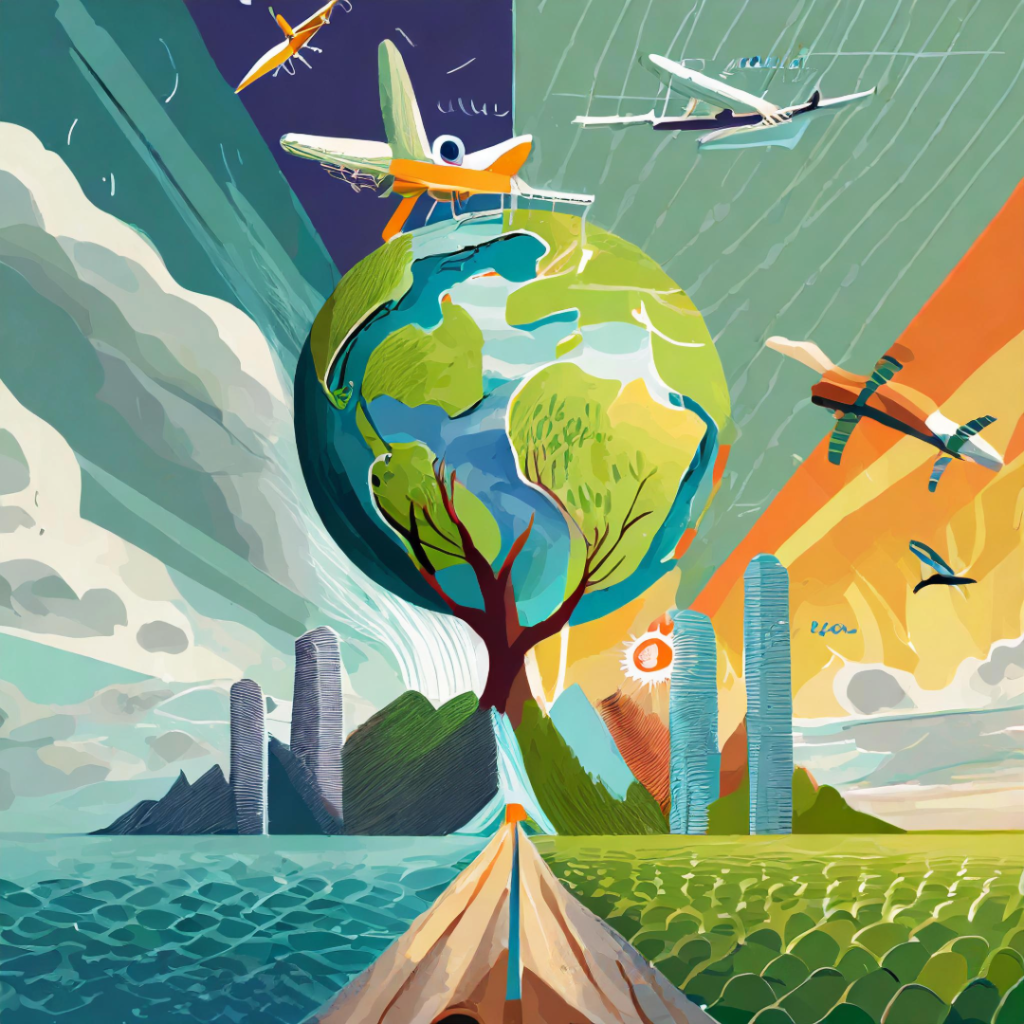
Integration & Interconnectedness
The SDGs are integrated and indivisible in nature, emphasizing the interconnected components required for sustainable development. The goals, targets and indicators are linked through complex synergies and trade-offs. Action in one area often impacts other areas in ways that are not immediately obvious. This integration encourages a holistic, systems-level perspective.[1]
For example, progress towards SDG 2 (Zero Hunger) and SDG 6 (Clean Water and Sanitation) are closely intertwined. Sustainable agriculture relies on the availability of clean, safe water. At the same time, good water resource management requires properly functioning ecosystems, which are affected by agricultural practices. So both goals must be pursued together through coordinated policies and programs.[2]
Similarly, progress towards SDG 11 (Sustainable Cities and Communities) depends on and enables the realization of several other goals related to poverty reduction, health, energy, infrastructure, and climate change. Sustainable city planning and urban development strategies can maximize co-benefits across these areas.[3]
Understanding and accounting for these synergies is critical for coherent policymaking and effective resource allocation. It requires breaking down traditional silos and fostering collaboration across government agencies, the private sector, civil society and local communities. With integrated approaches, progress in one area will multiply progress across multiple SDGs.
Progress Since 2015
The adoption of the Sustainable Development Goals (SDGs) in 2015 marked a historic moment, providing a shared vision and roadmap for a more sustainable future. Since then, significant progress has been made in some areas, even as major challenges persist.
- As of 2022, the global extreme poverty rate had decreased to 8.6%, down from 10% in 2015. This represents steady progress, albeit slower than needed to eradicate poverty by 2030.
- Access to clean water and sanitation has improved markedly. Between 2015-2020, basic drinking water reached 4.4 billion people, sanitation reached 4.2 billion people, and 2.1 billion gained access to basic handwashing facilities.
- Maternal mortality declined by 35% between 2000-2017, and under-five child mortality dropped by 50% between 2000–2022.
- Renewable energy capacity and generation have expanded rapidly. Between 2015-2021, renewable energy generation grew over 60%, with solar and wind accounting for over 90% of the expansion.
- Over 170 countries have developed national policies to support sustainable consumption and production, representing important early steps.
While significant work remains, these examples demonstrate that progress is achievable when backed by political commitment, investment, and multi-stakeholder partnerships. Sustaining and accelerating gains will be critical for delivering on the 2030 Agenda. Robust data collection, monitoring frameworks, and accountability mechanisms will help spur further action in the years ahead.
Key Challenges & Obstacles
The SDGs are ambitious, interlinked goals that require coordinated efforts across sectors and countries to achieve success. However, significant obstacles stand in the way of realizing the 2030 Agenda. Some of the major challenges include:
Financing Gaps: There are substantial funding shortfalls to finance projects and programs needed to reach the SDGs, especially in developing countries. An estimated $5-7 trillion per year is needed, with developing countries facing an annual gap of $2.5 trillion. This lack of financial resources hinders progress.
Data Gaps: Quality data and statistics disaggregated by income, gender, age, race, ethnicity and other factors are vital to target efforts and track progress. But many countries lack the capacity and resources to collect, analyze and use reliable data. Global SDG indicators only cover about half of the Agenda.
Lack of Country Ownership: Governments must lead the SDG process within their countries. However, political will and capacity are uneven across countries. Many nations lack expertise, coordination mechanisms and policies needed to drive the agenda locally.
Slow Progress on Goals: Ten years in, the world is not on track to achieve most of the goals by 2030. Of the 17 SDGs, no country is meeting all goals. Regressing or stagnating areas include reducing inequality (SDG 10), responsible consumption (SDG 12), climate action (SDG 13) and terrestrial ecosystems (SDG 15). Urgent acceleration across all goals is needed.
Overcoming these systemic barriers requires concerted efforts across all stakeholders. But with less than a decade left, the window to achieve the SDGs is closing quickly. Bold action and innovative solutions are essential to reignite momentum.
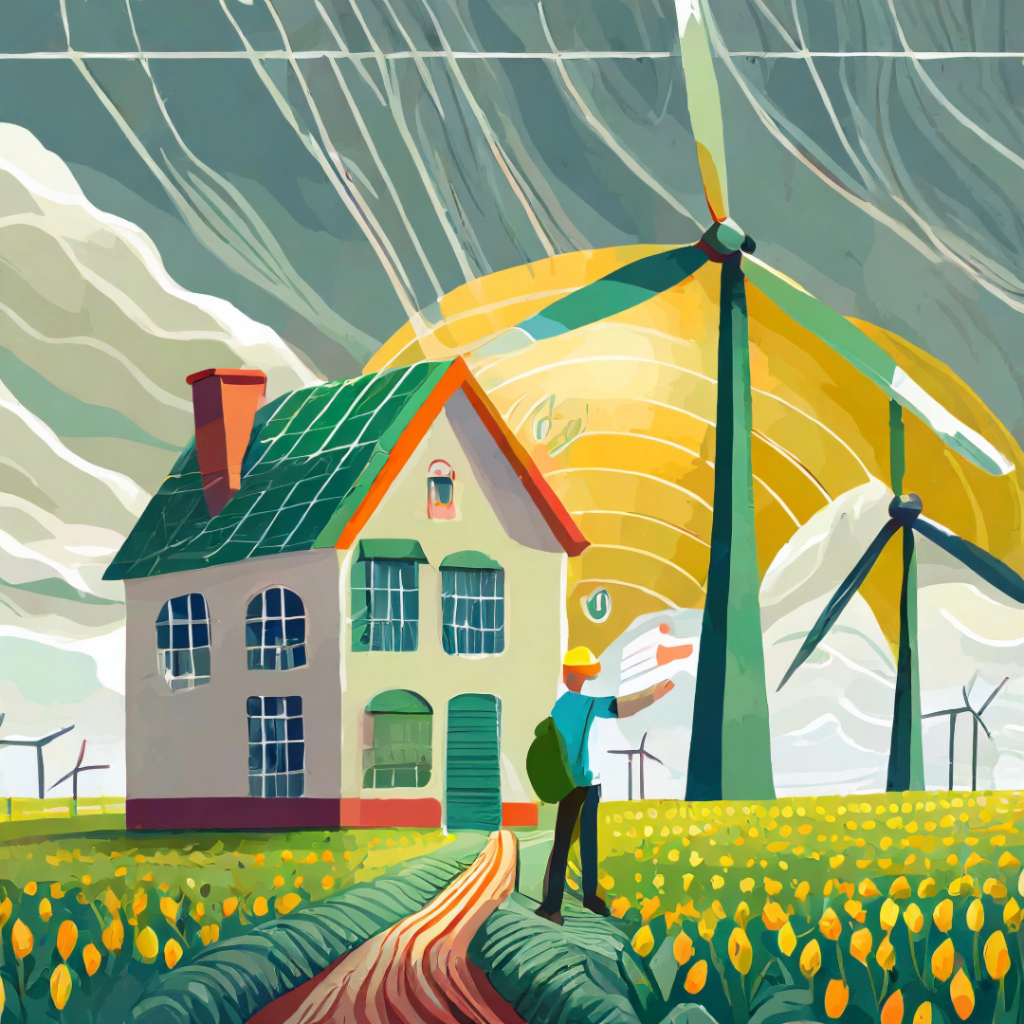
Call to Accelerate Effortshttps://1m1bchangemakers.com/global-sustainability-challenges-and-opportunities-towards-achieving-sustainable-development-goals/
The world is not on track to achieve the Sustainable Development Goals by 2030. While progress has been made on some SDGs, it has stalled or reversed on others. With less than a decade left, efforts must accelerate to fully realize the vision and promise of the SDGs.
All stakeholders from governments to businesses to civil society have a role to play. We must build upon the progress made while urgently addressing gaps and shortcomings. This requires bold leadership, ambitious commitments, innovative partnerships, and inclusive action.
Financing continues to be a major obstacle, as estimates suggest an annual $2-3 trillion financing gap. Closing this gap will require both public and private investment. Governments must follow through on their aid commitments while also combating illicit financial flows. Businesses have an opportunity to align investment and operations with the SDGs.
Partnerships between governments, businesses, civil society groups, academia and more can drive progress through collaboration and resource sharing. South-South cooperation can facilitate knowledge transfer between developing countries.
We must also accelerate the development and deployment of technologies that can advance the SDGs, particularly in vital areas like healthcare, education, energy access and more. Digitalization and data will be critical tools.
The costs of inaction are profound. Failure to achieve the SDGs would lead to continued extreme poverty, growing inequality, irreversible climate change damage, and millions of preventable deaths each year. For the sake of current and future generations, we must pick up the pace. The SDGs provide a shared blueprint for a just, sustainable and prosperous world. Transforming that vision into reality will require political will and ingenuity on an unprecedented scale. The task is monumental, but so is the opportunity if we succeed.
The Role of Stakeholders
Achieving the Sustainable Development Goals will require coordinated efforts across all sectors of society. Governments, businesses, civil society organizations, academia, media, and citizens all have important roles to play.
Governments must enact policies, programs, and regulations aligned with the SDGs. They should promote multi-stakeholder partnerships, increase financing, and strengthen data collection and monitoring. Many governments have created SDG strategies and integrated the goals into national development plans.
Civil society organizations can mobilize citizens, advocate for the SDGs, and implement projects on the ground. They often partner with governments and businesses while providing local expertise and community engagement. Examples include Oxfam’s work to reduce global inequality and World Wildlife Fund’s efforts to protect biodiversity.
Academia contributes vital research, data collection, education, and innovation around the SDGs. Academic institutions have studied progress on the goals, trained students on sustainable development, and created new technologies to address global challenges.
Media organizations help spread awareness, shape narratives, and influence public opinion around the SDGs. Media coverage has increased since 2015, educating citizens and spotlighting successes and setbacks. Investigative reporting also exposes wrongdoing and pushes for accountability.
The private sector drives economic growth and job creation while deploying innovative solutions for sustainable production and consumption. Many companies now align business strategies with the SDGs and publish progress reports. The Business Call to Action initiative encourages inclusive business models that engage poor populations.
Citizens can contribute by making sustainable lifestyle choices, volunteering, participating in civic life, and pushing governments and businesses to act responsibly. Grassroots movements have advocated for climate action, gender equality, and human rights—bolstering progress on the SDGs.
With coordinated efforts across all stakeholder groups, achieving the 2030 SDG targets remains an ambitious but attainable goal for building a just, sustainable future.
Looking Ahead to 2030
The year 2030 will mark the target deadline for achieving the Sustainable Development Goals. With less than a decade left, an assessment of the current trajectory indicates mixed progress across the different goals and targets.
While certain goals, such as reducing extreme poverty, appear likely to be met, other critical areas such as climate action still lack the urgency and collective effort needed to reach the 2030 targets. Significant work remains to be done.
To successfully accomplish the SDGs by 2030, the following policy and priority areas require immediate focus and acceleration:
- Climate Action: Carbon emissions need to be rapidly reduced, clean energy boosted, and climate resilience strengthened to limit global warming and mitigate climate impacts. This will require coordinated efforts across governments, businesses and civil society.
- Inequality: Economic and gender disparities within and between countries must be addressed. Policy initiatives to increase equity, social protections and opportunities for marginalized groups are critical.
- Health: Universal health coverage must be ensured along with access to essential medicines and vaccines. This has been underscored by the COVID-19 crisis. Healthcare systems and emergency preparedness need strengthening.
- Education: Completing primary and secondary education for all girls and boys remains elusive. Renewed efforts and investments are essential to overcome this challenge and develop knowledge societies.
- Accountability: Follow-through on commitments, multi-stakeholder partnerships and tracking progress are fundamental to stay on track. Good governance, rule of law and anti-corruption measures also need addressing.
With concerted action on these priority areas, the SDGs can still be achieved by the 2030 target. However, the window for action is closing fast. Strong leadership, financing and accelerated implementation will be required to put the world on a sustainable development pathway over the next critical decade.


